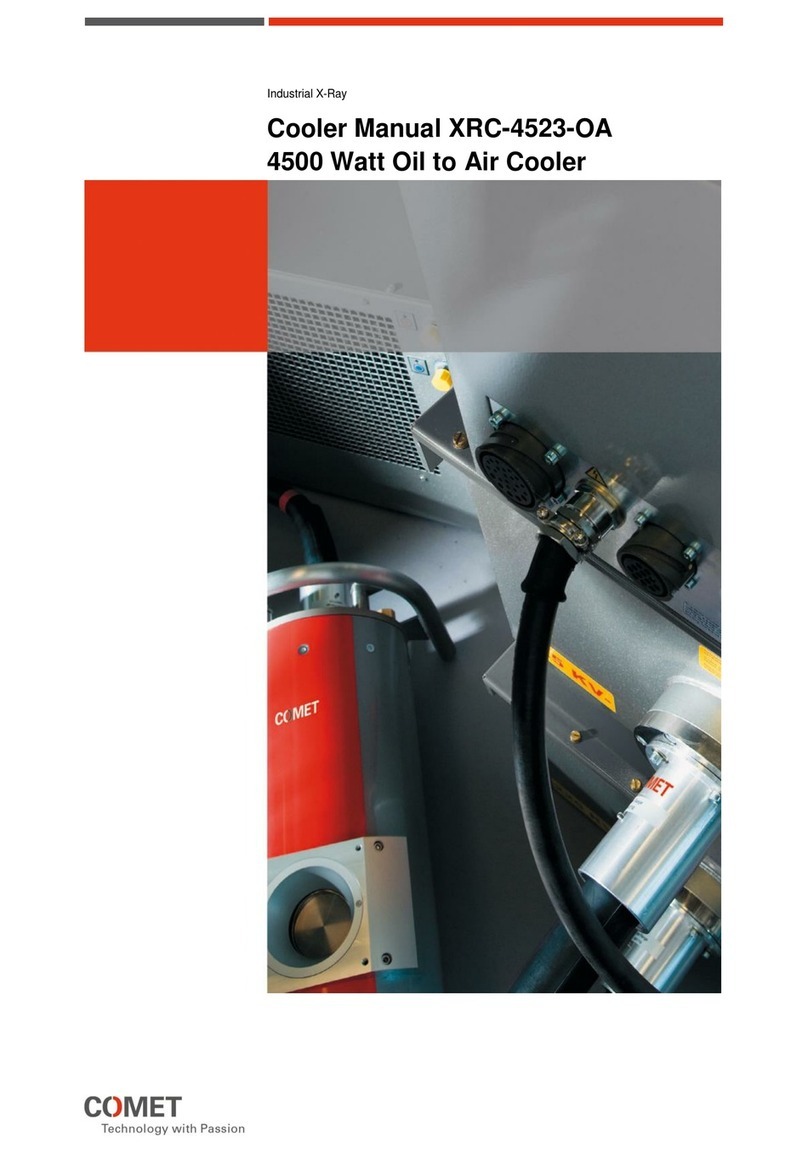
3
Contents
1. ABOUT THIS MANUAL ...............................................................................6
1.1. Explanation of symbols and signs .............................................................6
1.1.1. Safety symbols .......................................................................................................................................6
1.1.2. Warning instructions...............................................................................................................................6
1.1.3. Text designations....................................................................................................................................8
1.2. Illustrations...................................................................................................8
1.3. Terms of warranty........................................................................................8
1.4. Contact information.....................................................................................9
2. SAFETY......................................................................................................10
2.1. Hints for the safe operation.......................................................................10
2.1.1. Prevent hazards....................................................................................................................................10
2.1.2. Hints regarding the electrical equipment...............................................................................................10
2.1.3. Inadmissible operating conditions.........................................................................................................11
2.2. Responsibilities of the unit operator........................................................12
2.2.1. Planning and monitoring the safety measures......................................................................................12
2.2.2. Minimizing the risk of injury...................................................................................................................12
2.3. Personnel requirements............................................................................12
2.3.1. Qualifications........................................................................................................................................12
2.3.2. User groups..........................................................................................................................................13
2.3.3. Specialized knowledge.........................................................................................................................13
2.3.4. Exclusion criteria...................................................................................................................................14
2.4. Personal protective gear ...........................................................................14
2.5. Safety and signaling equipment included in the unit..............................14
2.6. Guards.........................................................................................................15
2.7. Caution label...............................................................................................15
2.8. In case of accidents...................................................................................15
2.9. Environmental issues................................................................................15
3. PRODUCT IDENTIFICATION ....................................................................16
3.1. Unit specifications .....................................................................................16
3.2. Identification plate .....................................................................................16
4. UNIT DESCRIPTION..................................................................................17
4.1. Intended use...............................................................................................17
4.2. Non-conformity with the intended use.....................................................17




























